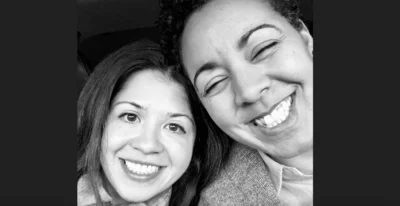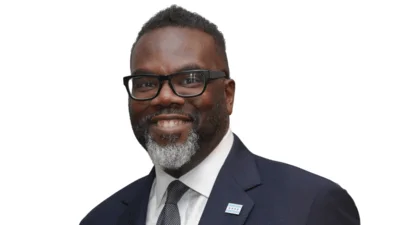CSU considers Division 1 football a 'no-brainer' to reverse enrollment decline | Courtesy of CSU
CSU considers Division 1 football a 'no-brainer' to reverse enrollment decline | Courtesy of CSU
A class of only 86 freshman in 2016 has Chicago State University (CSU) trustees and administrators considering a variety of ways to increase enrollment, including the surprising proposal to start a Division I football program at the financially troubled school.
Last year the university declared a financial emergency and was notified by Illinois’ Higher Learning Commission that its accreditation is at risk — the only public university in the state to be put on such notice. The Chicago Tribune reported that CSU laid off a third of its employees and must operate with a significantly smaller budget going forward.
At its most recent board of trustees meeting, CSU’s new marketing director, Sabrina Land, reported on several planned marketing efforts, including billboards, newspaper ads and social media outreach.
She described the South Side school’s planned expenditures on “a lot of advertising,” including 15 billboards and 50 newspapers in an effort to expand its reach outside the city of Chicago and into “strategic places” like Waukegan and Niles.
The marketing plan will feature ads tailored to different markets. For instance, “in Skokie you see a lot of Asians, a lot of non-blacks,” she said.
The object of the program, according to Land, is to show that Chicago State provides a quality education and to emphasize the school’s uniqueness, such as the weaving classes it offers.
“The only other school you can get weaving classes at is the Art Institute (of Chicago), which will cost you a lot of money,” Land said.
But at least one trustee, Michael Curtin, was skeptical. He expressed his frustration over the recent recruitment activities, describing them as “the miserable efforts we’ve made in the area of recruiting,” and was not confident about the plans to increase interest in the school, describing the enrollment projections as “not true in four and a half years” — the length of his tenure on the school’s board.
The most surprising suggestion for increasing the size of the student body came from Tracy Dildy, CSU’s interim athletic director.
“I think it’s time for CSU to have football,” he said.
The financially unstable public institution already spends more than $3.8 million in taxpayer money per year on Division I athletic programs; last year, however, CSU laid off one-third of its employees. As such, it must operate with a significantly smaller budget going forward.
In light of these difficult financial conditions, the rationale offered by Dildy for the football program is that its costs would consume only two-thirds of every tuition dollar paid by the new student-athletes — and the players would take up the excess capacity in the residence halls.
“We can put together a football program here that is non-scholarship and is also Division I,” Dildy said. “What it would bring us first year is 100 student-athletes paying full price to be full-time students.”
He also proposed that the football program be complemented by a marching band and cheerleading squad, all of which would begin activities in 2018.
The trustees discussed additional expenses such a program would incur, including incremental insurance payments to cover traumatic brain injury. Despite this, Chairman Anthony Young interjected that he thought the proposal was a “no-brainer” — to the groans of the attendees.
The public university, located at 9501 S. King Drive, primarily serves a local minority population. It is funded through federal and state taxpayer money and taxpayer-subsidized student tuition payments.
Most likely, any incremental revenue received by CSU from new student-athletes would be largely funded by tax money, either directly or indirectly, so it is unclear how such a program would be beneficial to the state or its taxpayers.
The board agreed to further study the proposal and consider a report at the next board meeting.






 Alerts Sign-up
Alerts Sign-up